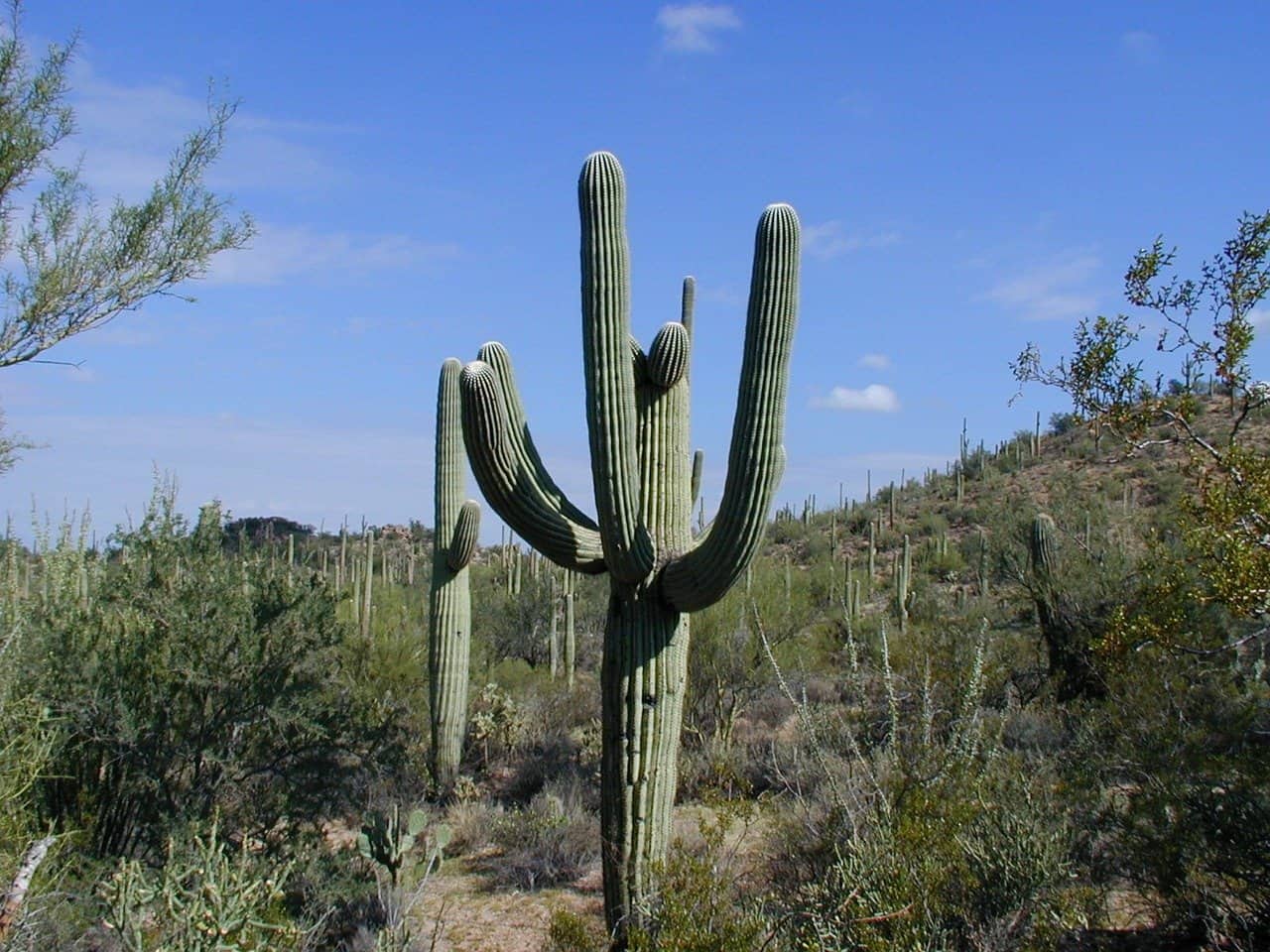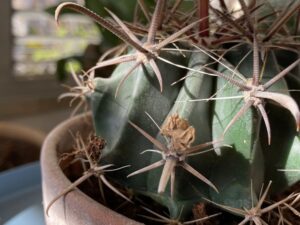Understanding the age of a saguaro cactus is not merely a curiosity; it unveils the layers of its life, contributing to our appreciation for these iconic symbols of the American Southwest. The saguaro (Carnegiea gigantea) offers a remarkable glimpse into resilience and adaptability, and its age can be discerned through several intriguing methods. These ancient giants thrive in the harsh desert environment, and their age can tell stories of the changing landscape. Let’s explore the ways in which you can ascertain the sizeable age of these magnificent beings.
The Nature of Growth: A Journey Through Time
The growth rate of a saguaro cactus is influenced by a variety of environmental factors, including temperature, rainfall, and soil quality. Typically, these cacti grow slowly, especially in their early years. In optimal conditions, a saguaro may grow approximately 1 to 1.5 inches in height during its first five years of life. Fascinatingly, at around 10 years, the cactus may reach a mere foot tall, and it can take more than 50 years to achieve what many consider an acorn-sized stature of three feet.
Growth rings, much like those found in trees, provide another metric for estimating age. However, unlike traditional flora, saguaros do not form readily visible growth rings on their exterior. Instead, one must slice through the cactus’s body to examine the internal structure. This exploration yields a series of rings, analogous to the tree rings seen in timber, which can indicate periods of growth and dormancy, offering a glimpse of the saguaro’s developmental timeline.
The Magic of Size: Height and Diameter as Clues
When contemplating the age of saguaros, size serves as a preliminary indicator. While this can be subject to environmental variability, there are some general guidelines to follow. An adult saguaro can grow to heights ranging from 40 to 60 feet when fully matured. By assessment of height alone, one can derive a rough estimate of age. As a baseline, a cactus taller than 10 feet is typically over 50 years old. The diameter of the trunk also plays a role; wider trunks suggest greater age. To provide approximation, an average rule of thumb is that the diameter in inches often corresponds to the age in decades, although local conditions can significantly influence this correlation.
Another aspect worth noting is the presence of “arms.” Not all saguaros develop arms; hence, their appearance signifies maturity. Saguaros usually begin to grow their first arm after reaching approximately 50 years of age. However, this can vary based on environmental conditions. The number of arms a cactus possesses can often reflect its age, as well as its health and vitality through years of growth in the harsh desert climate.
Environmental Factors: The Subtle Influencers of Growth
Delving deeper into the elusive world of every saguaro, the environment becomes a pivotal player in determining their life span. Saguaros can live for over 150 years. However, their growth rate is inherently tied to environmental stressors. Heightened temperatures and arid conditions may stunt growth, whereas moderate rainfall can facilitate more vigorous growth during their critical early years. In contrast, periods of drought can impede growth entirely, delaying maturity and the beginnings of the hallmark “arms.”
Additionally, man-made factors can also contribute to saguaro aging. Urbanization and agriculture impact soil quality and availability of essential nutrients. For instance, a saguaro growing at the periphery of a city might face challenges due to soil depletion, while those in protected areas enjoy a more natural cycle of renewal. This distinction adds another level of intrigue to the assessment of these majestic cacti.
Exploring Through Erosion and Weathering
The weathering of a saguaro can also provide tantalizing clues to its age. As these cacti age, their exterior takes on a variety of textures due to environmental conditions. A well-developed trunk covered in rough skin suggests a long life, but erosion patterns can also betray age. If a saguaro displays significant wear and tear or has undergone changes in color—blistering, peeling, or even the accumulation of lichens—these may indicate a lengthy existence and experiences that weathered it through the trials of time.
Conclusion: The Majesty of Time Embodied
Determining how old a saguaro cactus is, is akin to embarking on a journey through time. It requires one to pay close attention to its size, growth patterns, and the unique conditions that have shaped it over the decades or even centuries of its existence. As budding cactus enthusiasts delve into the hidden tales of these resilient plants, they learn that their lives intertwine with the very essence of the desert—a sanctuary of survival, endurance, and natural artistry. The saguaros stand as living monuments, encapsulating the delicate balance between nature and time.




Leave a Comment